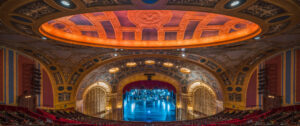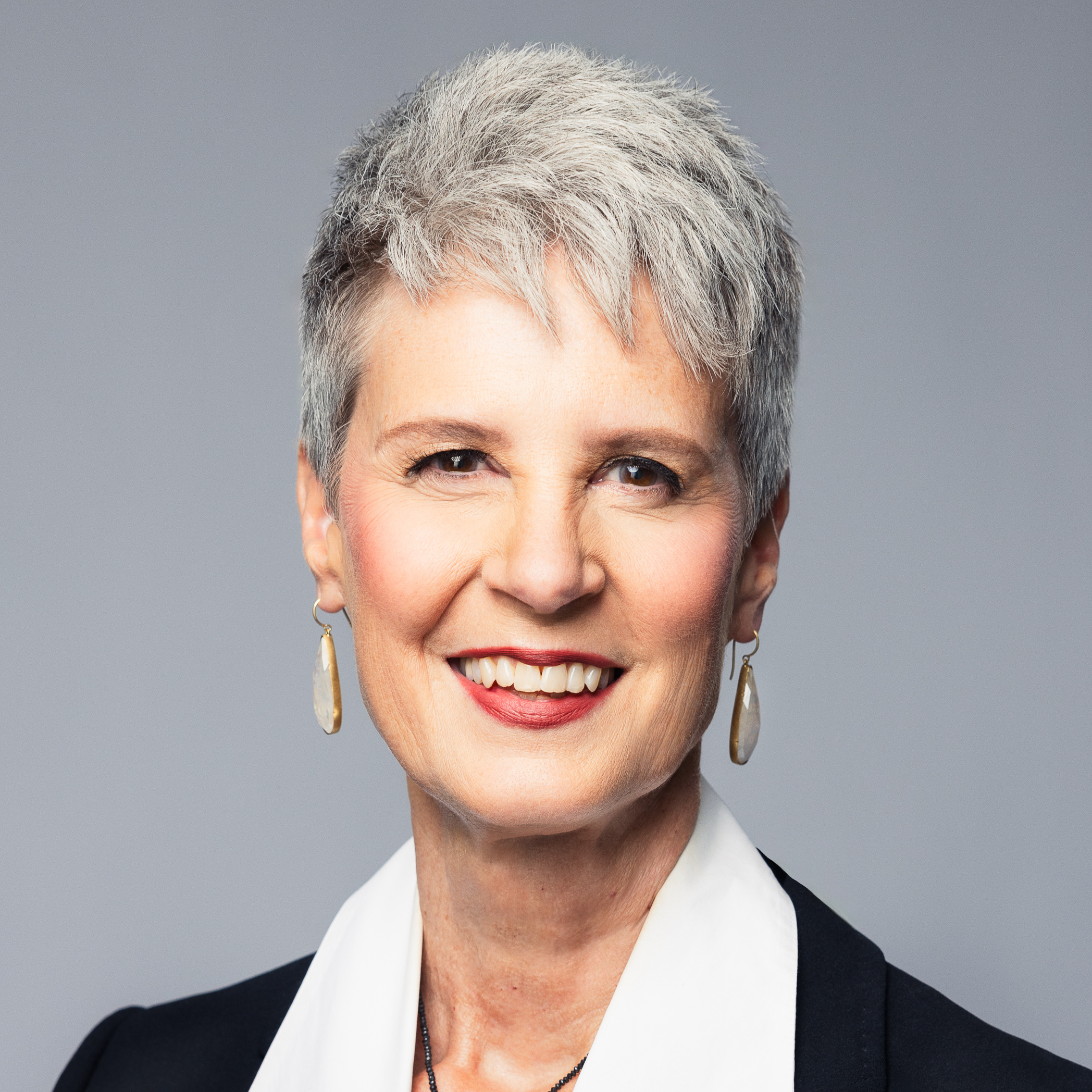Detroit Opera, a national leader in the arts, is your destination for visionary opera and dance that embody the innovative spirit and diverse perspectives of our city.
We weave together incredible artistry, spellbinding drama, magical stagecraft, and stories that hit home—all in a historic, spectacular venue.
Under the leadership of Yuval Sharon, Barbara Walkowski Artistic Director, Detroit Opera has earned a global reputation for groundbreaking productions that excite audiences. Opera is an ever-evolving art form—and we’re driving it forward.
We invite you to learn about Detroit Opera, our mission, history, values, and our team.
Who we are
Detroit Opera is the premier multi-disciplined producer and presenter for opera, musical theatre, and dance in the Great Lakes Region. Based in the city of Detroit, the organization engages artists of national and international stature for stellar main stage and outreach performances, and provides compelling cultural enrichment programs for the diverse audiences and communities that it serves, making it one of Detroit’s pillars of arts and culture.
Founded as Michigan Opera Theater in 1971 by visionary composer and impresario David DiChiera, Detroit Opera has played a transformative role in the region’s arts and culture and in the revitalization of downtown Detroit.
Under DiChiera’s leadership, the company staged traditional operas and also championed contemporary and lesser-known works, with a focus on American composers. MOT brought world-renowned artists to Detroit, developed critical education and community programs, nurtured emerging artists—and became both a cornerstone of Detroit’s cultural landscape and a national model.
Throughout its history, the company has elevated diverse voices throughout its casts and creative teams, and become one of the first companies to produce works that reflected the African-American experience.
In 2022, MOT rebranded as Detroit Opera, reaffirming its commitment to be in and of its vibrant and creative home city.
CLICK HERE for a collection of all our past production programs.
Anti-racism statement
For more than 50 years, Detroit Opera has taken great pride and joy in its commitment to our City. We welcome all members of our community, support arts education for our young people, and present artists, writers, and composers of color in performances that we believe will be meaningful to our community.
Opera and dance explore the depths of human emotion and grapple with essential human questions. We must ensure that these arts are truly meaningful to all the people of Detroit and our broader community.
We commit to seek truth, to examine ourselves, to know and treasure our community, to hear all the voices of our community and to work with our community to build a better future. Detroit Opera commits to being an antiracist organization.
Non-discrimination statement
Detroit Opera is an equal opportunity employer that complies with all applicable federal and state laws regarding nondiscrimination. Detroit Opera is committed to a policy of equal opportunity for all persons and does not discriminate on the basis of race, color, national origin, age, marital status, sex, sexual orientation, gender identity, gender expression, disability, religion, height, weight, or veteran status in employment, programs, and activities.
Detroit Opera is a proud member of




